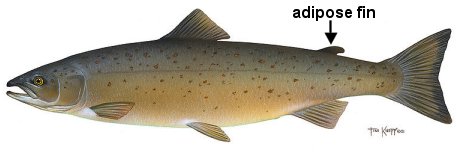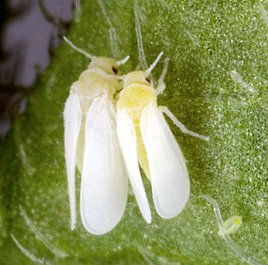
Evolutionists think there is a lot of junk in nature. Of course, that’s what you expect if you think a process that depends on random mutations acted on by natural selection is what produced all the life we see today. If you think that the world and life on it were created by God, however, you wouldn’t expect to see much junk. If you believe in the Christian God, you do expect some junk, because the Bible tells us that creation is in “slavery to corruption” as a result of the Fall of man (Romans 8:21). Thus, there has been some corruption from the supremely-designed state in which nature started. As a result, there should be some junk in nature, just not much.
One specific kind of junk that has been predicted by evolutionists over and over again is vestigial organs. These are organs that supposedly had a function in an evolutionary ancestor but have no important function in a current organism. For example, it was long thought that the primary cilium that appears on nearly every cell in the human body was vestigial. It was supposed to be a remnant of the evolutionary stage when our ancestors were free-swimming, single-celled creatures. Of course, we now know that the primary cilium serves several incredibly important functions.
More famously, it was long taught that the human appendix was vestigial. Supposedly it was a remnant of the evolutionary stage when our ancestors ate a much more vegetarian diet. Of course, we now know that this is false as well. Instead, the appendix has been shown to have an incredibly important function in people. Evolutionist Jerry Coyne made a huge blunder in his book, Why Evolution is True, because he claimed that the fine hair a human fetus grows all over its body (called “lanugo”) is vestigial. However, it has been long known that lanugo serves an incredibly important function.
As you would expect, modern science has just struck down another vestigial organ. This time, it is found in salmon, trout, and many other fishes*.



